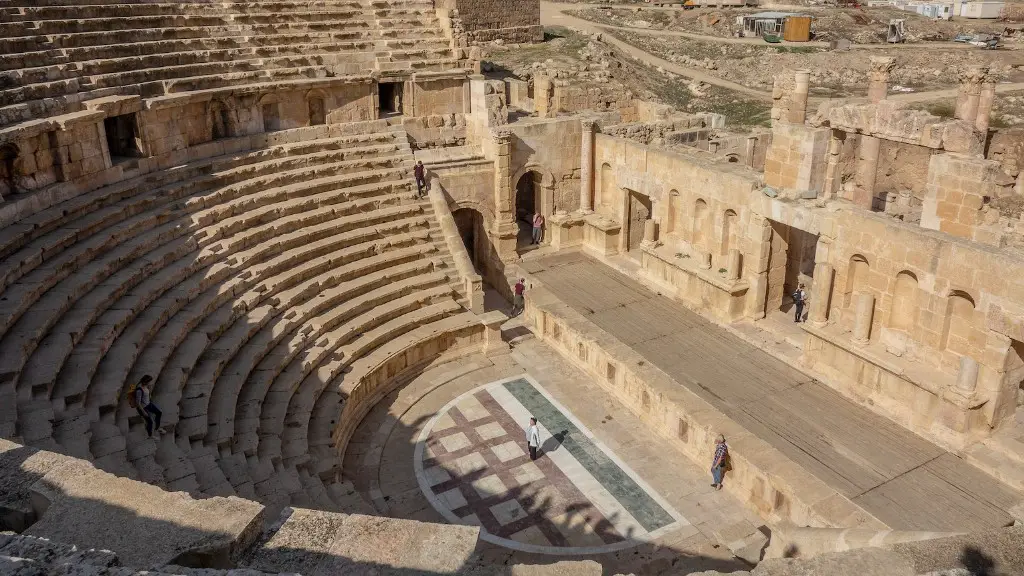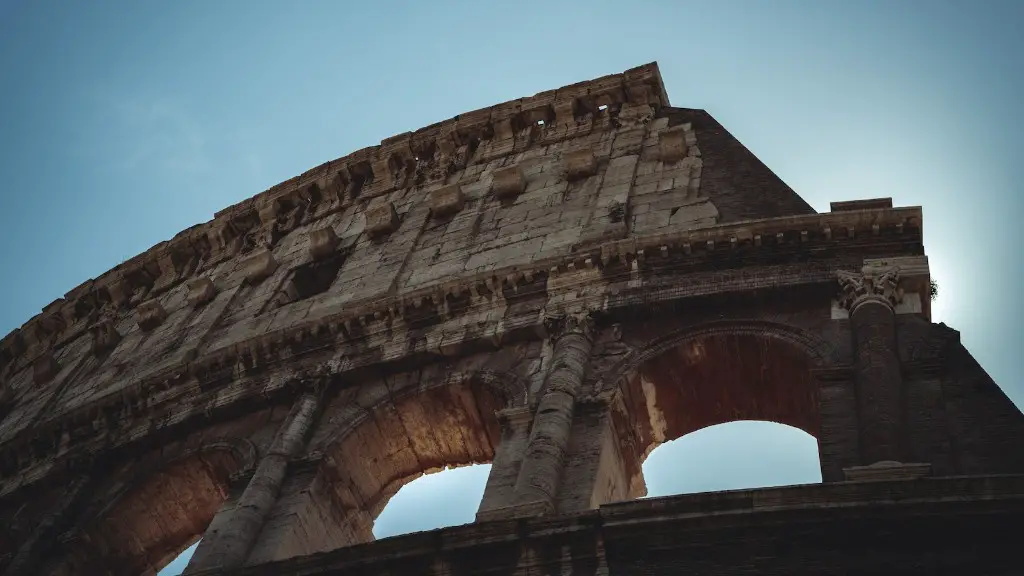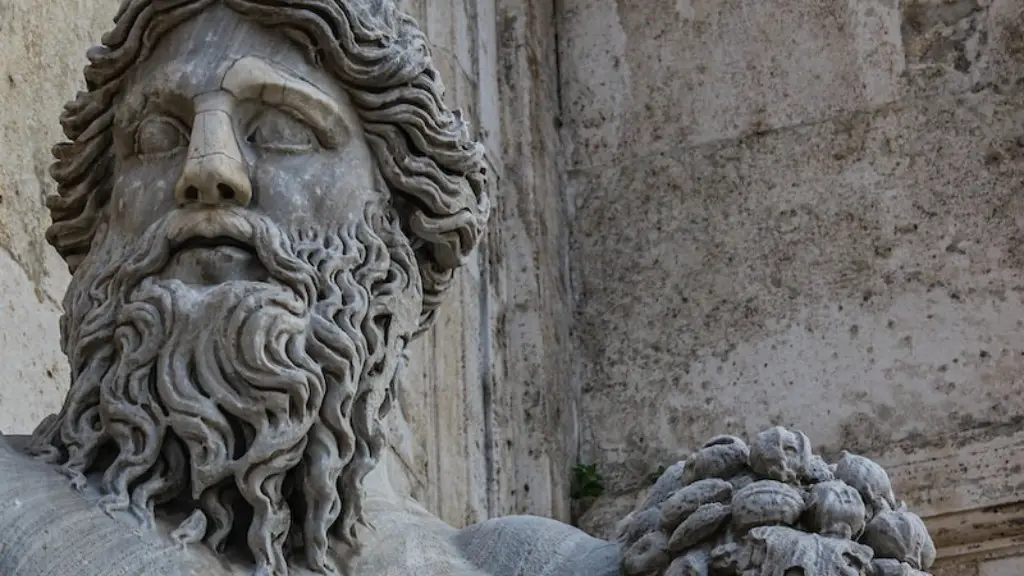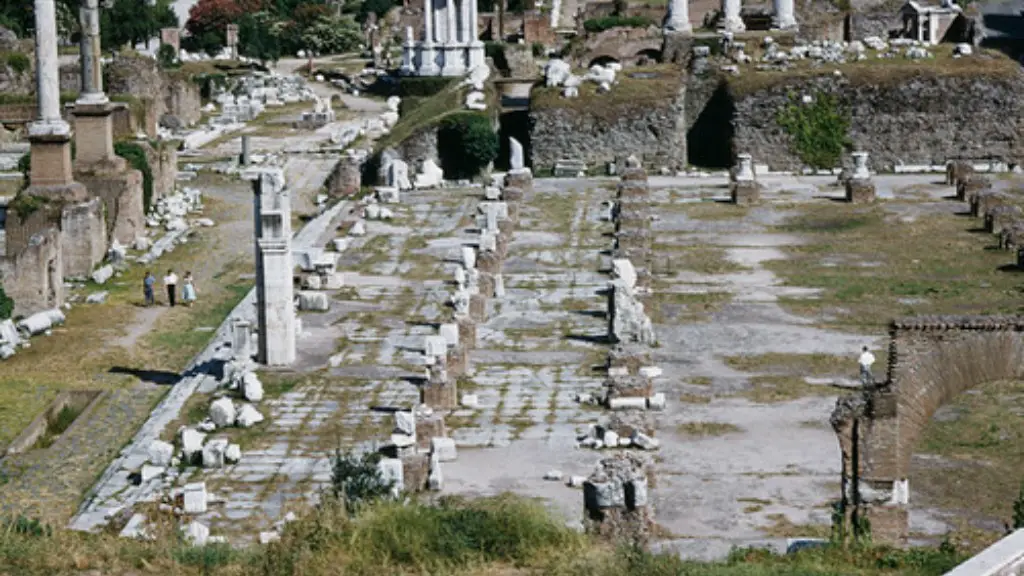For thousands of years, Rome has been the backdrop to some of the most ruthless and bloody gladiator fights in the world. While it might be assumed that most of these contests were held in amphitheaters, in reality, the ancient Romans had multiple venues where they could stage their battles. From the Colosseum to the suburban arenas, gladiator competitions occurred throughout the length and breadth of the Roman Empire.
The Colosseum, which was built between 72-80 AD and can be found on the site of Emperor Nero’s palace, has become the most iconic venue associated with gladiator fights. It is estimated that this amphitheater could hold up to 80,000 people, who gathered to watch gladiators battle each other to the death. Free from the small arenas of the suburbs, the Colosseum offered an awe-inspiring spectacle with its large-scale ability to stage intricate combats in which multiple gladiators would do battle at once. It is also considered to be the most versatile of arenas as it also hosted wild animal shows, executions, theatrical performances and even sea battles.
Places such as the amphitheater at El Djem, Tunisia, were smaller than the Colosseum but provided an atmosphere that was just as combative. This was mainly due to the intensity of the crowd and the concrete strength of the seating, which created a safer environment for the spectators yet remained packed and boisterous.
The smaller arenas were situated away from the more populous areas of the city and were more of a residential attraction than a tourist entertainment. The Roman citizens mainly frequented these places as it was cheaper to attend and the location of these smaller places meant that it was easier to access them. The smaller arenas were also better suited for more intimate, close combat fights, in which the dexterity of the fighters was more important than the strength of individual fighters.
In addition to the amphitheaters and arenas, and more often than not independently of them, the Romans sometimes held gladiator fights in circuses. The Circus Maximus, located close to the Tiber River in Rome, was a chariot-racing and chariot-riding venue where the games were conducted. These contests took place every year, usually during the summer months, and served to entertain the populations of Rome. The close quarters and intimate environment made it an ideal venue for big-scale combats, although it was mostly reserved for smaller-scale fights.
Although gladiator fights are most closely associated with amphitheaters, arenas, and circuses, those who were particularly popular and had a large fanbase among the spectators, were often invited to fight in the villas of Rome’s wealthy citizens. Taking place in enclosed courtyards, these fights would often have one-on-one duels, and would almost always require the death of one gladiator before the fight could end.
This tells a story of the relentless bloodthirst among the Roman people. It also suggests that the events that spectators witnessed in each venue could vary greatly, from monumental displays of power in the Colosseum to intense bouts of one-on-one combat in more intimate settings.
Were Gladiators Forced to Compete?
The short answer to this question is: yes and no. It was true that some gladiators were voluntarily enlisting in either regular military service or in the gladiator schools; however, this was not the case for all gladiators. It was also true that some gladiators were slaves and criminals, who were forced to fight in the arenas.
It should be noted that if a gladiator had survived three consecutive rounds in the arena and defeated three opponents; they could be granted their freedom by the emperor. This was a crucial factor in the understanding of why so many people chose to join the ranks of gladiators. On one hand, a gladiator could potentially win their freedom after three successful fights; and on the other, if defeated, their fate was still better than that of slaves and criminals, who faced death in the heat of battle.
It should be noted that gladiators were not just born warriors. They had to go through rigorous training and even then, the chance of survival was only 50/50. Thus, their expertise in the arena was built on skill, strategy, and risk, rather than helplessness or desperation.
What Happened to Defeated Gladiators?
It was mostly up to the crowd present at the matches to decide the fate of the defeated gladiators. The outcome of an individual gladiator fight in the arena would depend upon a variety of factors, such as the quality of the fight, the importance of the match, the size of the crowd, or the rank of the opposing gladiators. If the crowd deemed fit, a defeated gladiator would be granted a reprieve, and a special wooden sword (called a rudis) would be offered to the victor as a symbol of his freedom. If the crowd’s demands were grim, the defeated gladiator would be sentenced to death, either by being stabbed or decapitated.
It is important to note that these deaths were not simply out of maliciousness or entertainment, but that they were also used to send a powerful message to Roman citizens. That an individual, no matter how powerful or influential, could be defeated if they represented a threat to Roman society; making sure to keep a tight control on civil unrest and uprisings.
How Did Gladiators Win Popularity?
Many gladiators became popular throughout the Roman Empire due to their heroic performances in the arena. The Romans admired strength and courage, and the most talented gladiators had the chance to become popular figures, even achieving celebrity status in certain circles. There were a few gladiators that featured on coins, and it was not uncommon for them to attend special events in the city and be praised for their talents.
Popular gladiators also had the chance to become teachers and mentors in the gladiator schools, instilling the same bravery and determination within the next generation of fighters. Gladiators were not simply revered for their combat skills, but were also appreciated for their dedication and discipline. The successful ones would serve as examples of the virtues of hard work, courage, and perseverance.
It is true that some gladiators were merely fortunate and managed to survive long enough to win their freedom; but many of them were able to capitalize on their popularity and wealth and search for different opportunities. These were the gladiators that found a way to turn their situation around, and transcend their former lives of death and destruction to become respected members of Roman society.
Who Trained Gladiators?
Gladiators were trained by people called lanistae, who could either be slaves, former gladiators, military veterans, or even aristocrats. These lanistae were responsible for selecting, managing and training the gladiators and their experience in the field was second to none.
It must be said that lanistae often had an unduly harsh and oppressive relationship with their gladiators, since they had a financial interest in making sure that their opponents were adequately prepared for the arena. They were, after all, getting a cut from the earnings of the fighters, so their methods often involved punishment and deprivation in order to make sure that the gladiators stayed in line and did not try to escape.
Thus, the relationship between a lanista and their gladiator was often both tense and complex. The lanista would provide for the gladiator’s safety and livelihood, but would also be the one to determine a gladiator’s fate if he failed to perform in the arena and was sentenced to death.
Conclusion on the Bans On Gladiator Fights
Gladiator fight banning finally took effect in 393 AD, as the Roman Emperor Theodosius issued an edict forbidoding the games. He argued that these brutal displays of violence did not reflect the values of Christianity or the Roman Empire; making them a relic of a bygone era.
The banning of gladiator games ended centuries of cruel and brutal battles between men and beasts, and saw the arena of the Colosseum switch from a massive battlefield to a more sedated political space. The Colosseum’s events changed from death and destruction to pageants and intrapolk celebrations; serving as an illustration of the Roman Empire’s new stance on violence.
Over the years, gladiator fights have suffered a negative image; however, the skills, dedication, and courage of these men should never be forgotten. These individuals lived in the most extreme of circumstances and still managed to become heroes by showcasing their skill and courage amidst danger and risk.
Do Gladiators Still Exist?
Despite being banned in the 4th century, gladiator fights still exist in some parts of the world. In the coastal town of Tulum, in Mexico, a group of brave and skilled men face off against each other in the traditional gladiator style. Known as ‘Batalla de Gladiadores’, these fights are still considered a tourist attraction in the area and a great way to experience the ancient Roman tradition.
Additionally, in the northern regions of Spain, a team of locals keeps alive the tradition of gladiator fighting. Every year, the team organizes a tournament in the style of Ancient Rome, staging the fights in the amphitheatre of Guimerá, a town in Tenerife. This group is sponsored by the local government and the event usually draws large crowds. It is proof of how the ancient Roman spectacle is still alive in many parts of the world.
The risk and thrill of entering the arena still remain, and participants willingly put themselves into the fight. Whether it is for fame, competition or glory, gladiators still do battle and come out victorious.
What Was the Purpose of Gladiators?
The purpose of gladiators in Ancient Rome was multifaceted. On one hand, they provided entertainment for the masses and needed to put on a good show in order to please the audiences. There was also the political and religious control exerted by the elite of the Roman Empire, who regarded gladiator fights as means of managing the lower classes, using the spectacles to control civil unrest and punish criminals.
Lastly, and arguably the most important of all, is the fact that gladiator fights provided a symbol of heroism and courage in what otherwise may have been a harsh and oppressive regime. In a very real sense, they were symbols of hope, in that they showed others that even the most dire of circmstances could be overcome, and that the future could still be bright.
Gladiator fights were never meant to be entertainment on its own, but were, and still remain, a symbol of the overall struggle of life, an outlet for the most profound of human emotions, and a physical embodiment of the will to survive against all odds.
What Weapons Were Used in Gladiator Fights?
The most common weapons used in gladiator fights were swords, lances, nets, tridents, and daggers. Even though the gladiators were all trained in the same style of combat, each gladiator could choose the weapon of their choice. In this way, each gladiator could develop their own unique style of combat, and often specialized in using a particular type of weapon.
The trident and net combination was particularly popular among gladiators, as it often allowed them to ensnare their opponents in the net while they attacked them with the trident. This type of fight was considered extremely exciting, as the net could provide extra maneuverability and protect the fighter from their opponent’s attacks.
The daggers, on the other hand, were often used in one-on-one duelds, and were considered to be among the most treacherous weapons to use in the arena. They were lightweight and flexible, making them ideal for short-range combat and wickedly swift strikes. Since they could do so much harm and allowed the wielder to stay at a safe distance, they were considered to be among the most dangerous weapons a gladiator could use.
What Gear Did Gladiators Wear?
The kind of





